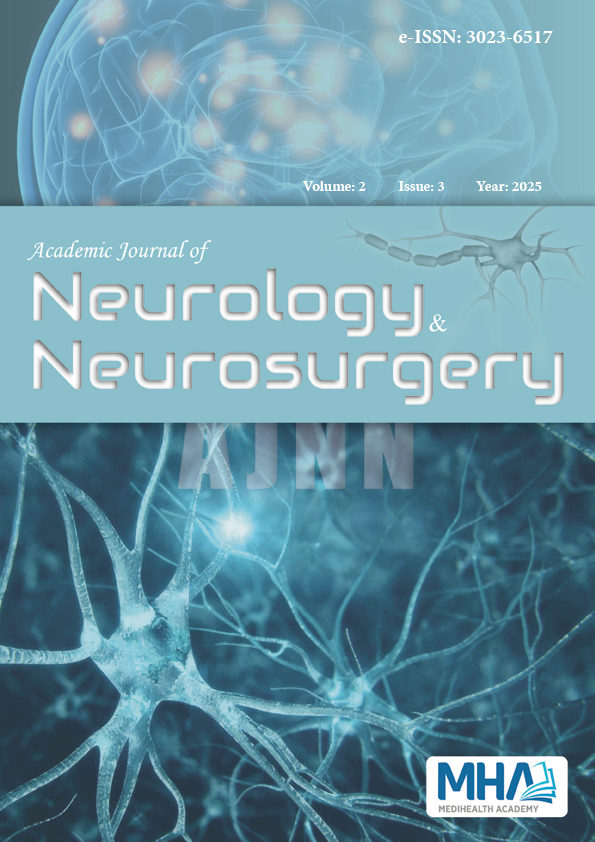Academic Journal of Neurology and Neurosurgery
The Academic Journal of Neurology and Neurosurgery deals with Neurology and Neurosurgery accepts articles on these topics. Academic Journal of Neurology and Neurosurgery publishes original research articles, review articles, case reports, editorial commentaries, letters to the editor, educational articles, and conference/meeting announcements.

